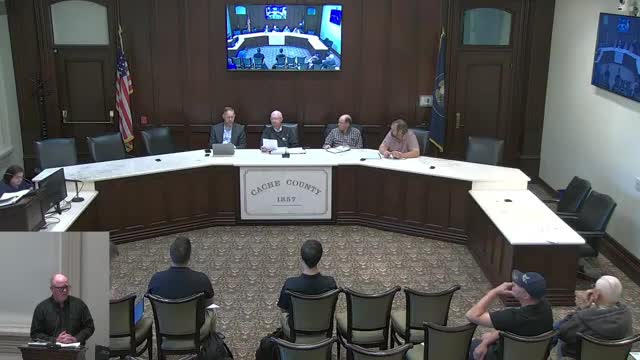Airport Hangar Fire Sparks $1 Million Losses and Insurance Debate
October 04, 2024 | Cache County School District, Utah School Boards, Utah
This article was created by AI summarizing key points discussed. AI makes mistakes, so for full details and context, please refer to the video of the full meeting. Please report any errors so we can fix them. Report an error »

A recent government meeting highlighted significant concerns regarding the use of hangars at the local airport, particularly in relation to compliance with Federal Aviation Administration (FAA) regulations. The discussions were sparked by a recent fire incident that resulted in over $1 million in losses for storage unit owners, none of whom had insurance for their contents. The property owner had insurance for the building itself, but the lack of coverage for personal items raised questions about the importance of insurance for property owners.
The meeting also addressed the current lease rates for industrial space, which were noted to be low at 43 cents per square foot. This rate, while appealing for storage, conflicts with FAA guidelines that stipulate hangars must primarily serve aviation purposes. The conversation revealed that many hangars are being used for non-aviation storage, such as boats and trailers, which could violate lease agreements.
Participants discussed the need for clearer language in lease documents to define what constitutes \"primary\" versus \"peripheral\" use of hangar space. The current language allows for some flexibility, but concerns were raised about enforceability. The airport manager expressed the need for a stronger framework to ensure compliance with aviation-related uses, especially as the FAA has shifted its stance on non-aviation use in recent years.
Legal opinions suggested that while the existing language provides some leeway, it may require reevaluation if challenges arise. The FAA's evolving policies could necessitate updates to lease agreements to avoid conflicts between local regulations and federal requirements.
Overall, the meeting underscored the importance of insurance for property owners, the need for clarity in lease agreements, and the ongoing challenge of balancing local storage needs with federal aviation regulations.
The meeting also addressed the current lease rates for industrial space, which were noted to be low at 43 cents per square foot. This rate, while appealing for storage, conflicts with FAA guidelines that stipulate hangars must primarily serve aviation purposes. The conversation revealed that many hangars are being used for non-aviation storage, such as boats and trailers, which could violate lease agreements.
Participants discussed the need for clearer language in lease documents to define what constitutes \"primary\" versus \"peripheral\" use of hangar space. The current language allows for some flexibility, but concerns were raised about enforceability. The airport manager expressed the need for a stronger framework to ensure compliance with aviation-related uses, especially as the FAA has shifted its stance on non-aviation use in recent years.
Legal opinions suggested that while the existing language provides some leeway, it may require reevaluation if challenges arise. The FAA's evolving policies could necessitate updates to lease agreements to avoid conflicts between local regulations and federal requirements.
Overall, the meeting underscored the importance of insurance for property owners, the need for clarity in lease agreements, and the ongoing challenge of balancing local storage needs with federal aviation regulations.
View full meeting
This article is based on a recent meeting—watch the full video and explore the complete transcript for deeper insights into the discussion.
View full meeting

